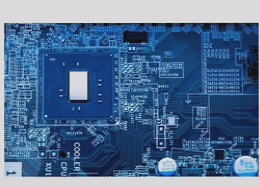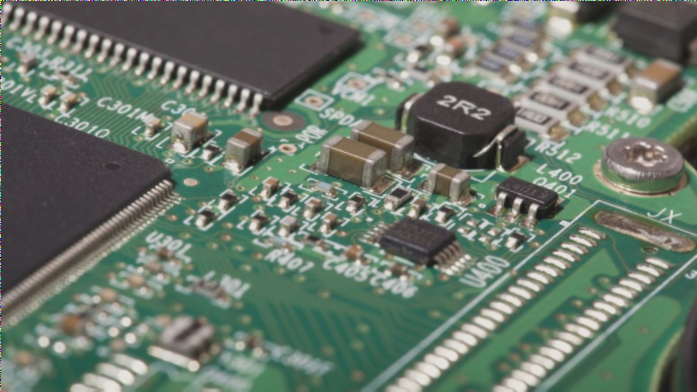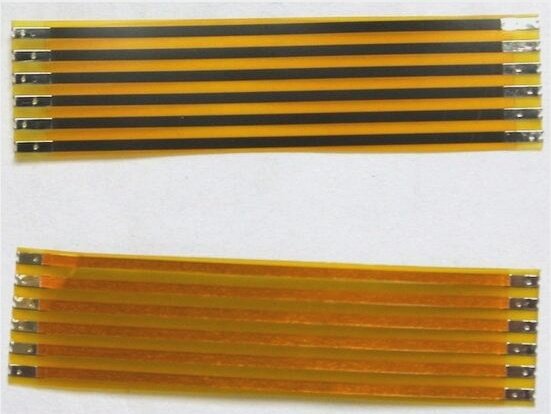The Future of Flexible PCB Substrates
The flexible PCB substrate is composed of an insulating base material, an adhesive, and a copper conductor. To protect the copper circuit from oxidation and environmental factors, a cover film made of insulating substrate and adhesive is applied. Common materials include Polyester (PET) and Polyimide (PI), each with its own advantages. PET is cost-effective, while PI offers superior reliability.
Companies are now exploring alternative materials such as PBO, PIBO, and LCP to enhance the thermal and electrical properties of flexible circuit boards. Traditional methods use non-optically sensitive materials for cover films, limiting precision. However, a shift to photosensitive cover films could improve resolution significantly.

Advancements in Flexible Substrate Manufacturing
- Sputtering/Electroplating Method: Utilizes a PI film substrate with copper sputtering, etching, and electroplating to achieve desired thickness.
- Coating Method: Involves coating copper foil with PI resin to create a two-layer structure, offering flexibility in process optimization.
- Hot Pressing Method: Bonds copper foil with thermoplastic PI resin through high-temperature pressing, forming a rigid structure.
Each manufacturing method has its pros and cons, catering to different material and thickness requirements. The coating method is cost-effective and provides good adhesion, conductor selectivity, and thin substrate possibilities. While double-sided processes are complex, advancements have increased output significantly.
As the demand for long-term reliability and thinner components rises, non-adhesive flexible substrates are becoming the future trend in flexible materials, offering diverse manufacturing options for PCB designers.
PICs in PCB Manufacturing
When it comes to PCB manufacturing, PICs (Photosensitive Inner Layers) are crucial components that come in two main forms: dry film and liquid film.
Dry Film PICs
- Advantages: Solvent-free, easier to manufacture
- Disadvantages: More expensive per unit area, less resistant to chemicals
Liquid Film PICs
- Require coating machines
- More cost-effective, suitable for mass PCB production
Substrates
PICs can be applied on substrates such as Acrylic/Epoxy and PI.
Market Share
According to TechSearch statistics, Epoxy-based liquid PICs currently dominate the market, holding over 70% share. The key players in this segment include:
- Nippon Polytech/Rogers: 44%
- Nitto Denko: 21%
- DuPont: 18%
Liquid PI
Liquid PI stands out for its exceptional heat resistance and insulation properties, making it a preferred choice for high-end IC packages.



